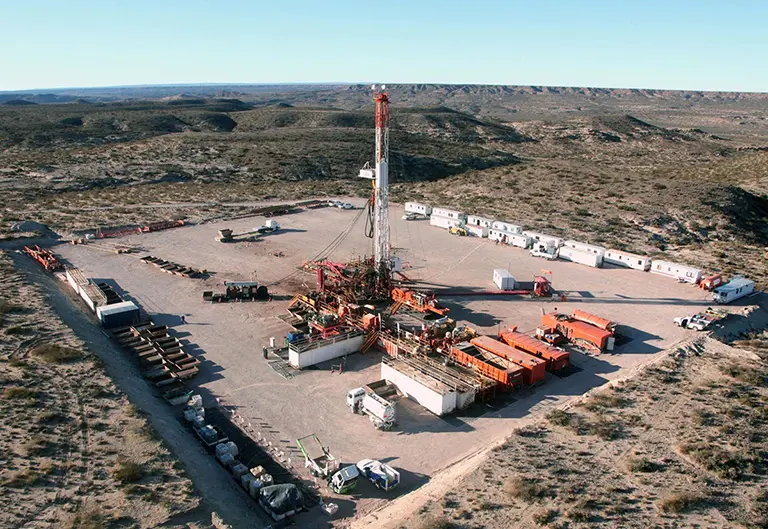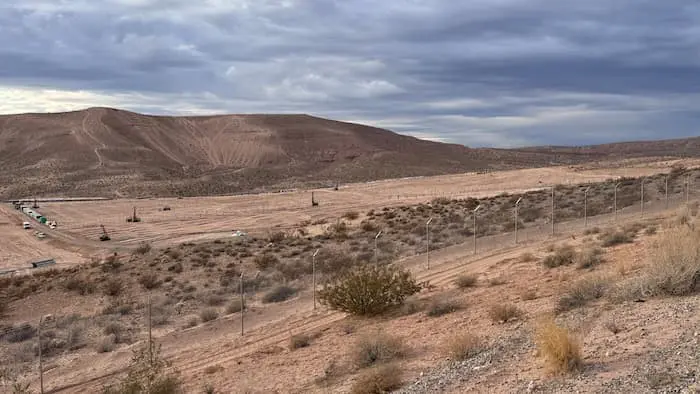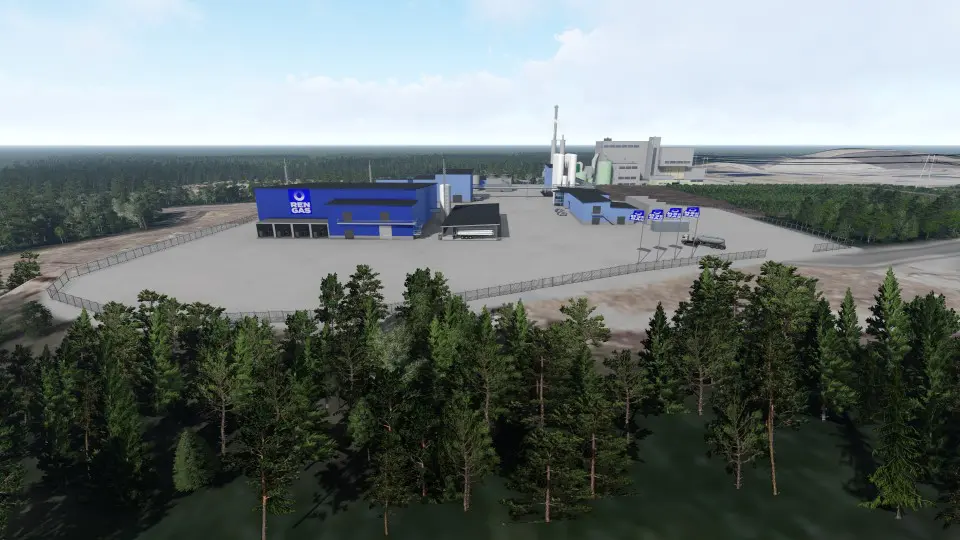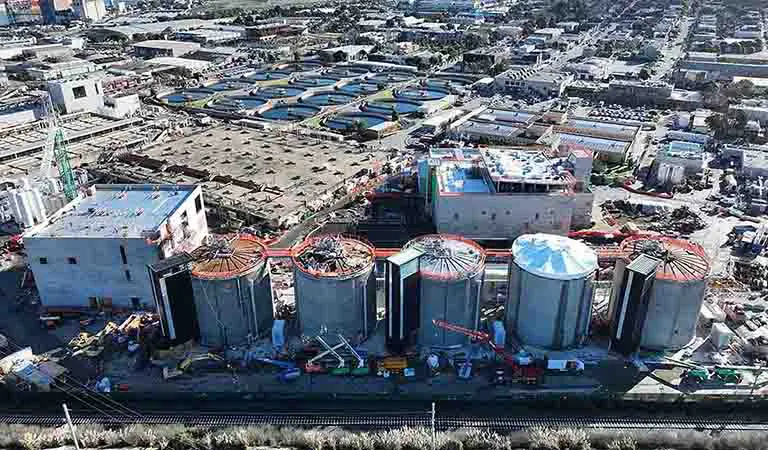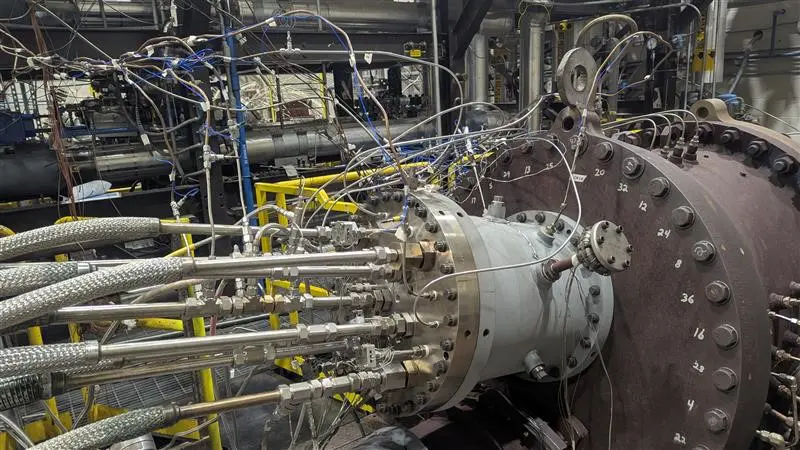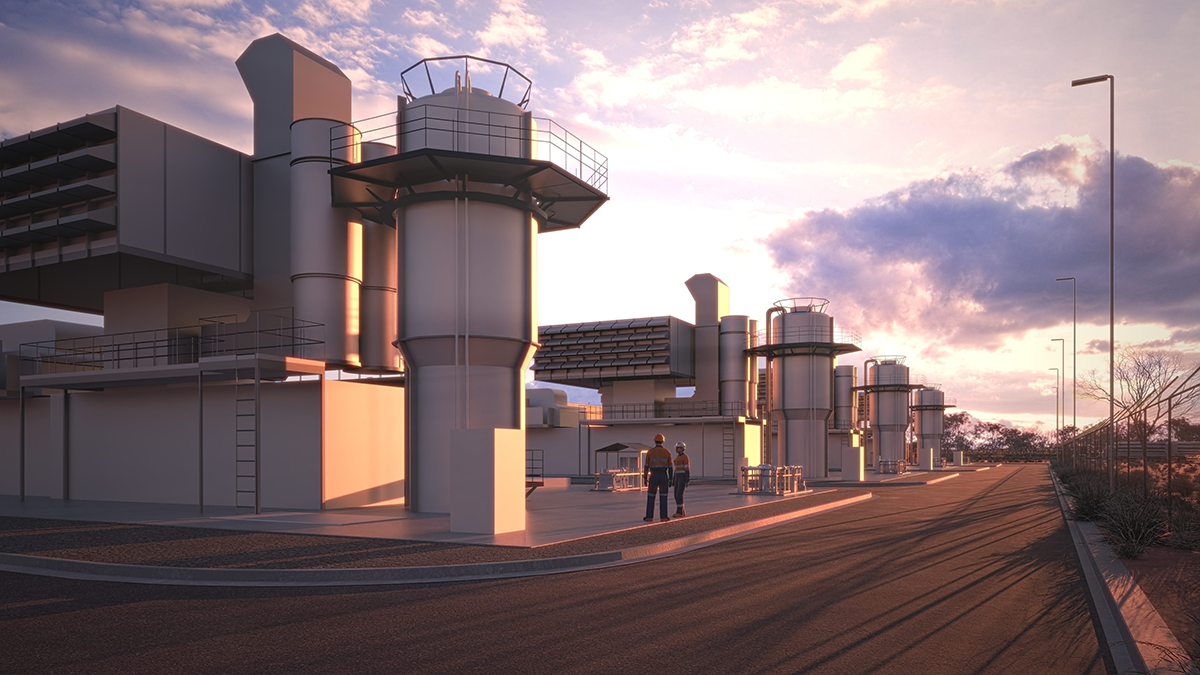
Rivian Releases US$37,500 Midsize Electric SUV

Rivian hosted the long-anticipated unveiling of its next-generation passenger electric vehicle (EV). Known as the R2, the midsize SUV will be smaller than Rivian’s existing R1S and will come at a much lower price tag. The R1S starts at US$74,900, whereas the R2 starts at just US$45,000. However, after factoring in the US clean vehicle tax credit of US$7500, the net cost comes down to US$37,500. That puts the R2 within striking distance of vehicles like the Toyota RAV4, Honda CR-V, and Mazda CX-5, all starting around US$30,000.
As an added bonus, Rivian showcased its third-generation vehicles, known as R3 and R3X. The R3 will be the company’s first crossover, with the R3X being the most premium variation of the R3. All told, Rivian’s lineup will consist of its commercial electric delivery van (the biggest customer is Amazon), its R1T electric pickup truck, the R1S full-size SUV, R2 mid-size SUV and R3 and R3X crossovers. Rivian did not specify when production of the R3 or R3X will begin, but the R2 will be made at its factory in Illinois, with deliveries beginning in the first half of 2026.

Rivian is pausing construction on its manufacturing facility in Georgia, which will have a max capacity of 400,000 units per year when fully complete. Rivian is not yet profitable and probably won’t be profitable until at least 2026, so the pause will help preserve liquidity to fund the R2 rollout.
R2 Specs
The main driver for bringing the cost of the R2 down reactively to the R1S is changes to the battery pack. R2 will feature a 4695-battery cell (46 mm in diameter, 95 mm tall) which is larger than the R1 platform’s 21-mm battery cell. R2 will come in three main configurations, a single-motor base option, dual-motor, and trimotor, which has two motors on the rear axle and one on the front. No matter the setup, Rivian said that the R2 will have a range of more than 300 miles (483 km). The top trim can go from 0 to 60 mph (97 km/h) in under three seconds.

Rivian has also made improvements to its tech stack and boosted its compute platform to enhance self-driving features. R2 will have 11 cameras and five radars, giving it a broader detection range than R1.
The R2 has unique design features, like retractable rear glass to create an open-air experience. Rivian offers several accessories to pair with the R2, from tends to bike racks, camping gear, and more.
An ESG-Focused Company
R2, R3, and R3X build upon Rivian’s adventure-focused brand. ESG is also a core part of Rivian’s long-term strategy.
Rivian’s commercial delivery van has 50% lower carbon emissions compared to gas-powered models. Rivian designs its vehicles with recycling in mind so that materials break down easily, or can even be repaired, recovered, and reused.
Rivian is building its own electric charging grid called the Rivian Adventure Network, which is open to all EVs, not just Rivian vehicles. It already has more than 600 stations across the US and is 100% powered by renewable energy.
By 2030, Rivian plans to power its manufacturing facility in Normal, Illinois, with 100% renewable energy, as well as its future facilities. Rivian is investing in 2 GW of renewable energy projects by 2030, enough power to support at least 7 billion miles (11.3 billion km) of renewable driving.
By 2030, Rivian expects its vehicles to bear half the lifecycle carbon footprint of its R1 line by using at least 70% recycled steel and aluminum and 40% recycled bio-based content. By 2028, Rivian plans to increase the share of underrepresented groups across its leadership positions and US employee base by at least 50% to support diversity, equity, and inclusion.
A Bumpy Road Ahead
Rivian’s greatest challenges are its financial situation and production management. Rivian said it has enough cash and equivalents to last through the end of 2025, but that puts a lot of pressure on R2 to deliver. R2 reservations are only US$100, so the main cash flow will come once deliveries are made.
Rivian will depend on R1T, R1S, and delivery van sales for 2024 and 2025. It is shutting down its factory for part of Q2 2024 to made technological improvements and further reduce costs of R1. Rivian is already balancing production of three vehicles, which will be further complicated once R2 production begins. The company frontloaded expenditures to make improvements ahead of time so it can produce R2 as quickly as possible. However, it only expects to make 57,000 total units this year, the same as 2023. As of Q4 2023, Rivian’s production run-rate was more than 70,000 units, indicating that demand is strained, and its factory shutdowns will take a toll on its short-term performance.
Rivian has worked through the vast majority of its order backlog for R1. It will have to rely on new customer orders in 2024 and 2025, while crossing its fingers that R2 doesn’t cannibalize demand for its more premium products.

